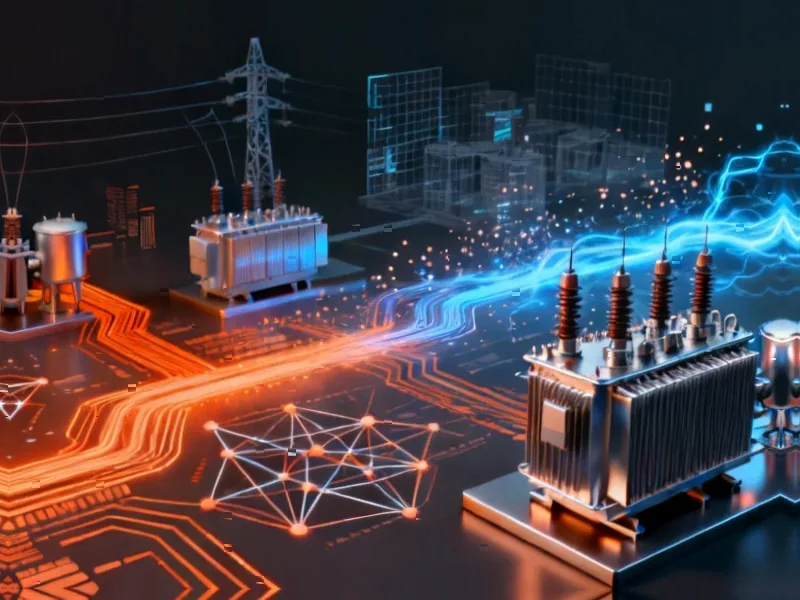According to Utility Dive, Xcel Energy has asked Minnesota regulators for permission to double battery storage capacity at its Sherco coal plant from 300 MW to 600 MW, which would make it the largest battery storage site in the upper Midwest. The utility also wants to add 135.5 MW at its Blue Lake facility and expand the Sherco Solar facility with another 200-MW array. Construction would start in 2026 with operations beginning in late 2027 using lithium iron phosphate battery technology that discharges energy in four-hour increments. Xcel plans to reuse existing grid connections and expects federal tax credits to cover 30-40% of project costs. The proposal comes as part of Xcel’s broader $15 billion capital plan addition covering new renewable generation, gas plants, and wildfire mitigation.
<h2 id="energy-transition-playbook”>The energy transition playbook
This is basically textbook energy transition strategy. Xcel’s taking a coal plant that’s scheduled to retire in 2030 and turning it into a massive battery hub. They’re not just shutting things down – they’re repurposing existing infrastructure. The grid connections are already there. The transmission lines are in place. And they’re planning to use batteries to store energy from across their system – wind, solar, nuclear, you name it.
Here’s the thing about timing: starting construction in 2026 gives them a nice runway before the coal plant actually closes in 2030. They can get the battery storage operational by late 2027, then run both systems in parallel for a few years. That’s smart planning – it reduces risk and gives them time to work out any kinks before the coal plant goes offline for good.
Why the battery math works
Xcel’s being pretty transparent about the economics here. They’re counting on those federal tax credits – 30% for Blue Lake, 40% for Sherco. That’s huge when you’re talking about projects of this scale. But the real value proposition is in how they’ll use these batteries.
Four-hour discharge capability? That’s perfect for managing daily demand peaks. Store cheap solar power during the day, discharge it during the evening when everyone gets home and cranks up their AC. Quick recharge means they can potentially cycle these batteries multiple times per day. And reusing existing infrastructure? That saves millions in development costs.
The bigger picture
This isn’t just about one coal plant. Look at Xcel’s overall capital plan – they’re adding $15 billion over five years. We’re talking 7.5 GW of new renewables, 3 GW of gas generation, 1.9 GW of energy storage. That’s massive. And they’re expecting retail sales to grow 5% through 2030.
So what’s really happening here? Xcel’s building the flexible, resilient grid they’ll need for the next decade. Batteries help balance intermittent renewables. They provide grid stability. And they let Xcel buy power when it’s cheap and sell it when it’s expensive. It’s a win-win for the utility and customers – assuming they can actually keep bills low like they promise.
The question is whether other utilities will follow this model. Repurposing retiring fossil fuel sites as clean energy hubs makes so much sense. But will the economics work everywhere? And can they scale fast enough to meet growing demand while keeping costs under control? Only time will tell, but Xcel’s certainly betting big on this approach.




